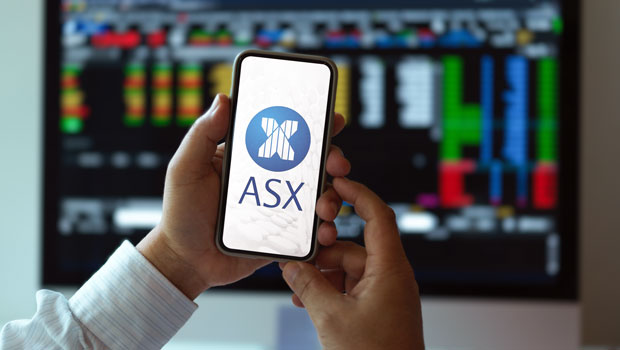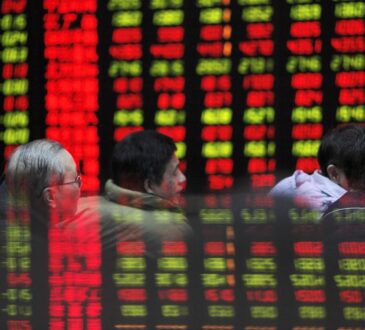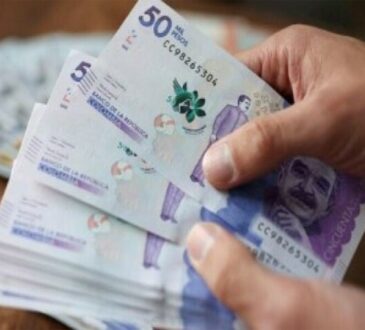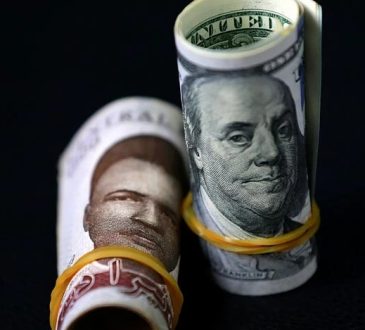
Asia-Pacific markets showed resilience on Thursday, with most indices closing higher despite overnight losses on Wall Street.
The region saw particularly notable gains in technology stocks on the day.
“Asian stocks rose on Thursday as authorities’ resistance to a strengthening dollar helped stabilise exchange rates and restore public confidence in the region’s financial systems,” said TickMill market analyst Patrick Munnelly.
“Following a joint statement by US Treasury Secretary Janet Yellen and the finance ministers of Japan and South Korea expressing concerns about the weakening of the two Asian currencies, the value of the yen and won increased against the dollar.
“A global measure of emerging market currencies was set for a second day of gains after hitting a low point for the year earlier in the week, indicating some stabilisation.”
Munnelly said the dollar index fell for a second day, while treasury notes remained relatively unchanged after a rally on Wednesday.
“Equities in China and Japan saw gains; the oil price has retreated, with Brent crude falling below $88 per barrel, nearing its lowest level in three weeks.
“This reflects optimism that tensions between Iran and Israel will not escalate further.
“Additionally, more US Federal Reserve policymakers have cautioned that persistent US inflation could delay interest rate cuts.”
Most markets finish the day in positive territory
In Japan, the Nikkei 225 rose 0.31% to 38,079.70, while the broader Topix rose 0.54% to 2677.45.
Advantest jumped 5.06% to lead Tokyo’s benchmark, followed by Concordia Financial Group by 4.82%, and Sumitomo Dainippon Pharma by 3.68%.
China experienced mixed results, with the Shanghai Composite edging up by 0.09% to 3,074.22, while the Shenzhen Component slipped marginally by 0.05% to 9,376.81.
Inspur Software and GuangZhou Baiyun Electric Equipment stood out in Shanghai, with gains of 10.04% and 10.03%, respectively.
In Hong Kong, the Hang Seng Index demonstrated strength, rising by 0.82% to 16,385.87, led higher by Shenzhou International Group, up 5.09%; Haier Smart Home ahead 4.31%; and Zhongsheng Group, which added 4.2%.
South Korea’s Kospi closed 1.95% firmer at 2,634.70, driven by solid performances from Hanwha Ocean, up 14.83%; and Samsung Heavy Industries up 9.78%.
Australia’s S&P/ASX 200 gained 0.48%, closing at 7,642.10, buoyed by Telix Pharmaceuticals with a rise of 9.41%, and Macquarie Technology Group, which added 6.52%.
New Zealand, however, experienced a slight downturn, with the S&P/NZX 50 slipping by 0.33% to 11,836.04.
Eroad and Vista Group International were among the biggest decliners in Wellington, losing a respective 3.41% and 3.14%.
In currency markets, the dollar was last down 0.01% on the dollar to trade at JPY 154.38, while the greenback also declined against its downunder counterparts, by 0.15% and 0.18% to AUD 1.5517 and NZD 1.6870, respectively.
Oil prices showed modest declines, with Brent crude futures last down 0.64% on ICE at $86.73 per barrel, and the NYMEX quote for West Texas Intermediate down 0.68% to $82.13.
Unemployment rate unexpectedly rises in Australia
In economic news, Australia’s unemployment rate saw a slight uptick in March, reaching 3.8% compared to 3.7% in February, according to the Australian Bureau of Statistics.
Despite the increase, the figure remained below the 3.9% forecast by economists surveyed by Reuters.
The unexpected rise in unemployment was highlighted by a decrease of 6,600 jobs, contrasting with the anticipated 10,000 job gain projected by Reuters.
As a result, Australia’s participation rate fell slightly to 66.6%, down from the 66.7% recorded in February.
Elsewhere, Bank of Japan board member Asahi Noguchi emphasised a cautious approach towards rate hikes, saying in a speech that the pace would be “much slower” than that of global counterparts.
Speaking in Saga prefecture, Noguchi outlined that achieving sustainable price increases to reach the BoJ’s 2% target rate would require “a considerable amount of time”.
He expressed opposition to lifting the negative interest rate policy, advocating instead for confirming the strengthening of the “virtuous cycle” between wages and prices.
Reporting by Josh White for Sharecast.com.




